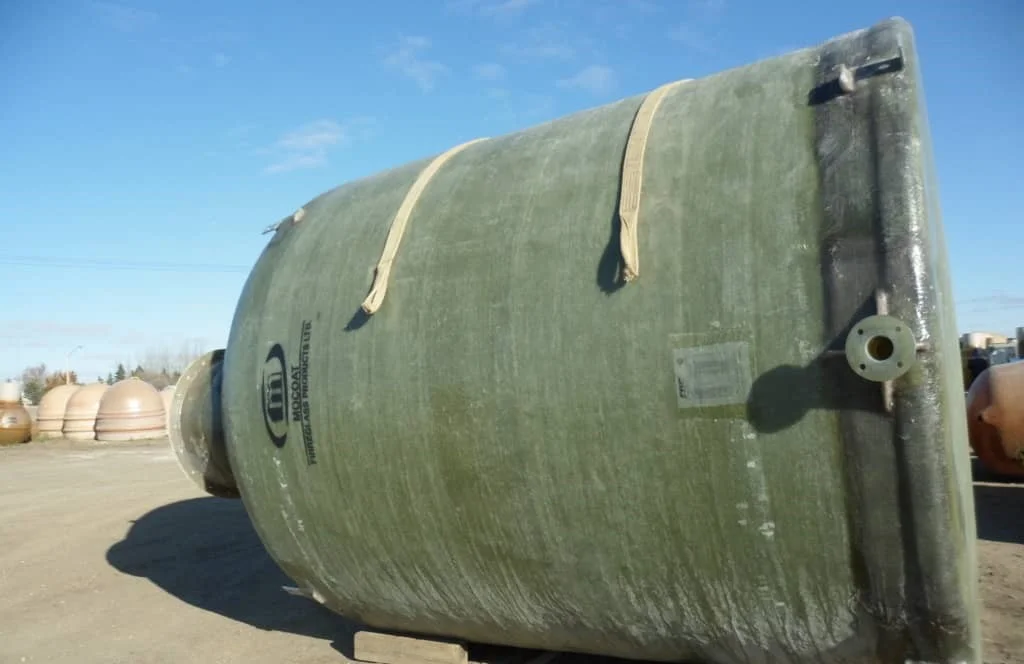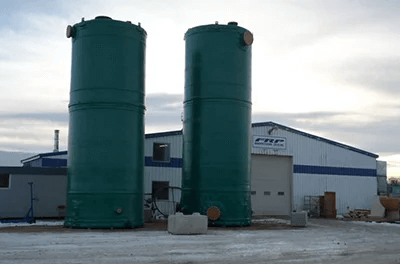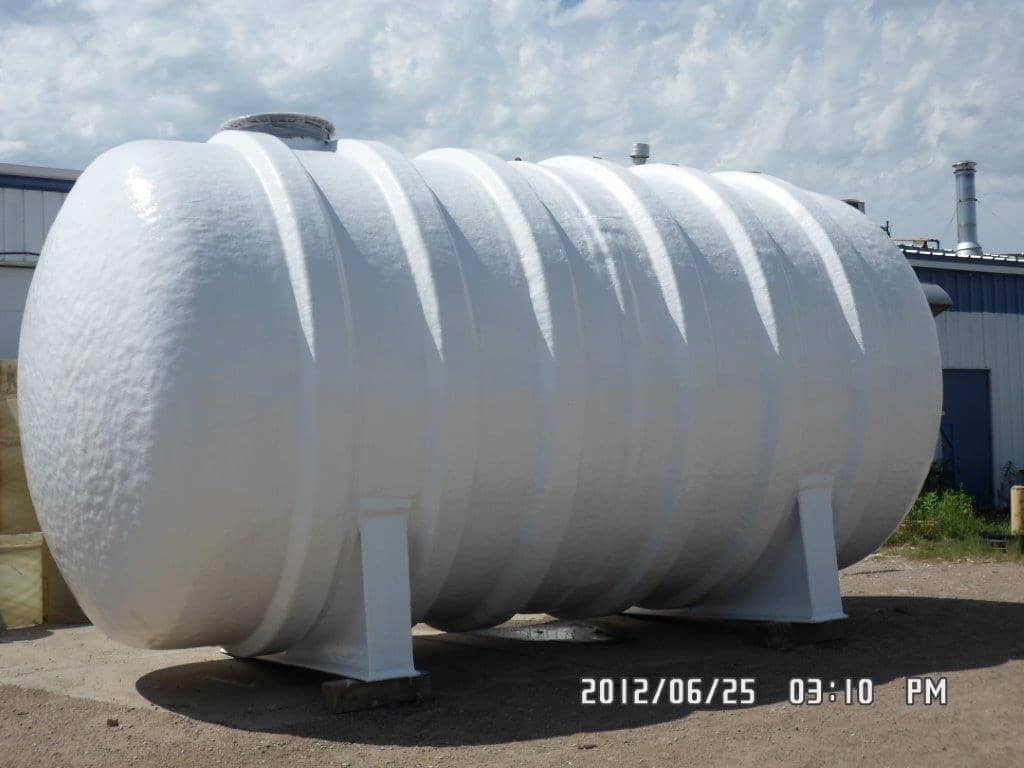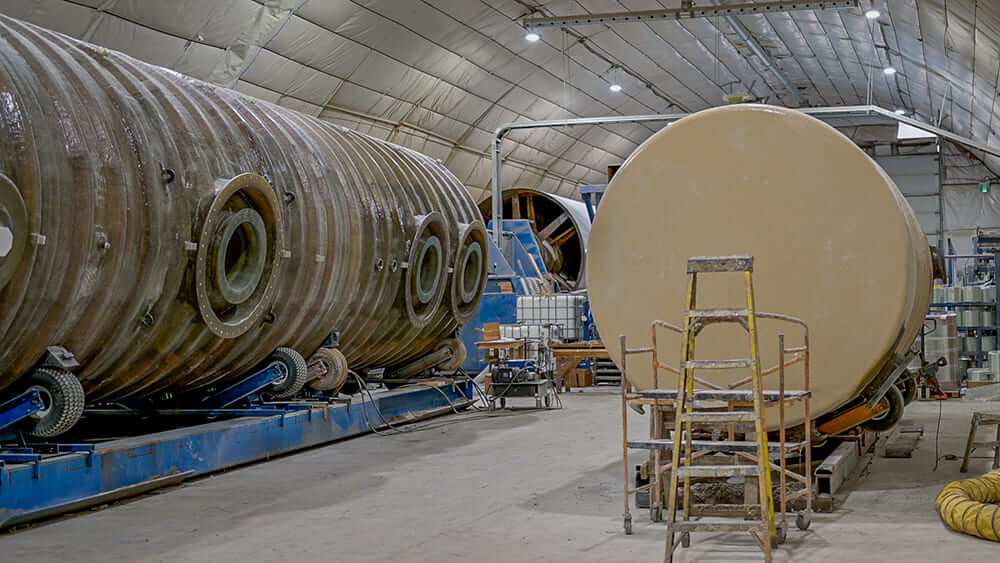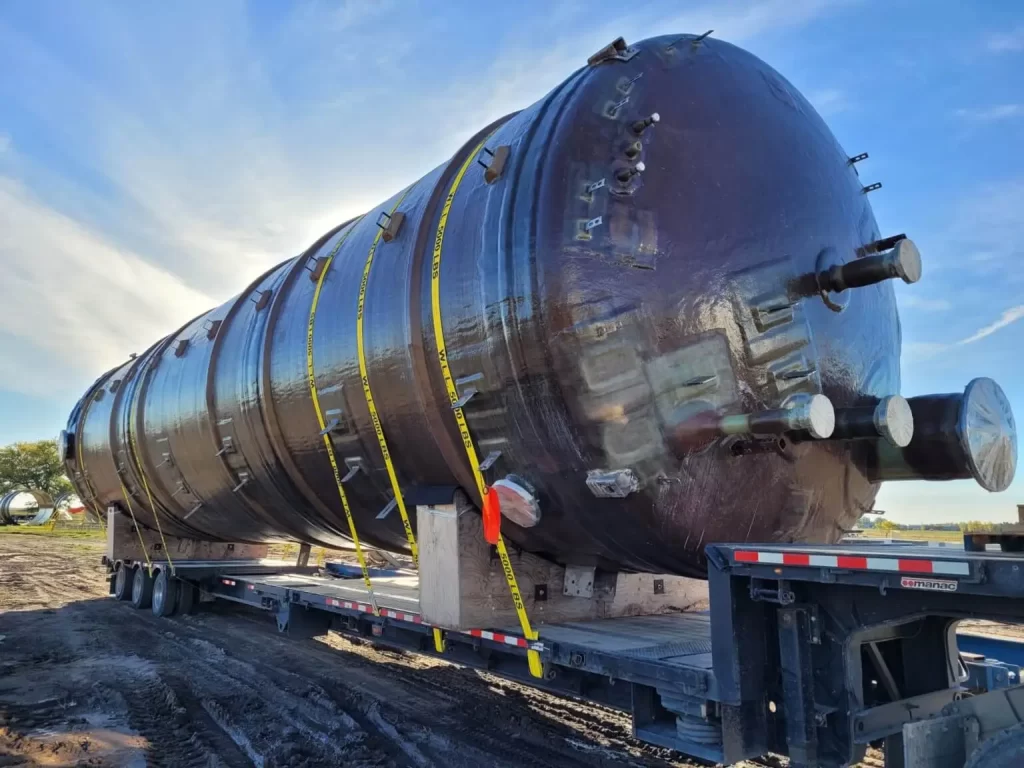Depending on your industry, there are a plethora of storage unit options that cater to chemical, wastewater, potable water or oil and gas production. Knowing your product’s specs will help you narrow down a selection of storage units that fit your storage needs. A big question to ask yourself is whether your project requires an above-ground or below-ground tank. Regardless of what project you’re currently working on, how do you find the best tank for your next venture?
Traditional Materials or Newer Products?
There is a time and a place for traditional materials for storage units, such as concrete, steel or aluminum tanks, but newer tanks made from polyethylene and fiberglass reinforced plastics are taking most industries by storm. Where you’ll find deterioration and signs of aging quickly with a concrete tank, FRP or polyethylene tanks are tougher when faced with extreme temperatures from both inside the tank and the outside environment. Metal is considered a classic material for storage tanks, but they can rust and corrode when storing harsh chemicals. What’s so ideal about an FRP unit for example is the non-corrosive and flame-resistant qualities paired with a lightweight design. This makes them much easier, and cheaper, to ship compared to their heavyweight counterparts of concrete and steel. FRP are also easier to maintain and repair in the face of damage and are infinitely more customizable with a range of accessories and additions to make the choice that much simpler.
Above or Below?
What are the advantages of having an above or below-ground tank? One of the biggest questions to consider when it comes to whether you should employ an above or below-ground tank is how much space you have for your storage unit. If you’re tight on space, a below ground tank could be your best option to allow for other worksite opportunities. Above-ground units give much easier access for maintenance and accessibility for repairs, whereas the potential to miss a leak or damage to a below-ground unit is much higher. If you’re storing something such as fuel, an above-ground tank is a safer option, but for storing large quantities of potable water, a below-ground tank might best suit your needs.
How much you intend to store in the unit is going to be the deciding factor on what kind of tank you’ll require for your project. Smaller scale storage needs or large quantity storage can both be met with a fiberglass reinforced plastic tank, but for massive storage requirements, you may need to make use of the traditional material of concrete. Before you decide which unit to go with, get in touch with us to find out how we can help you safely store your product! Get a quote with us today, we can’t wait to help you delve into your next big storage project!

